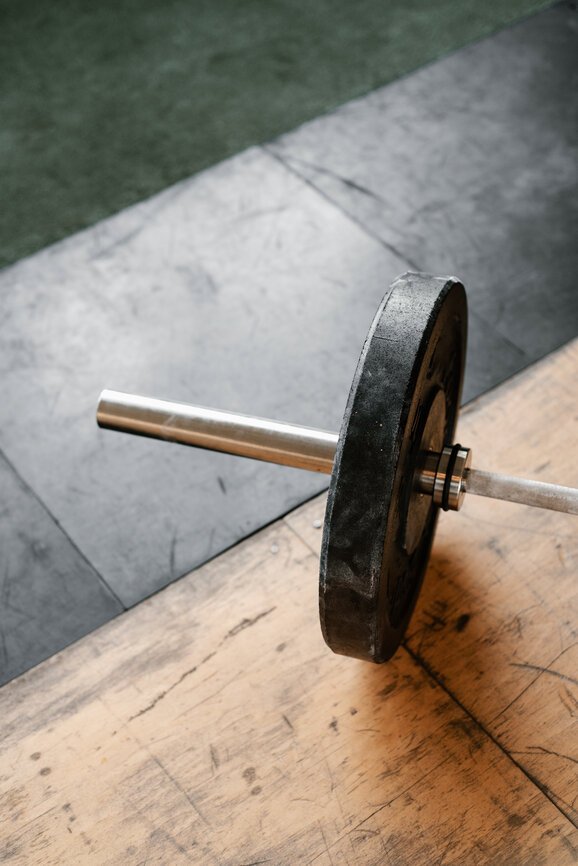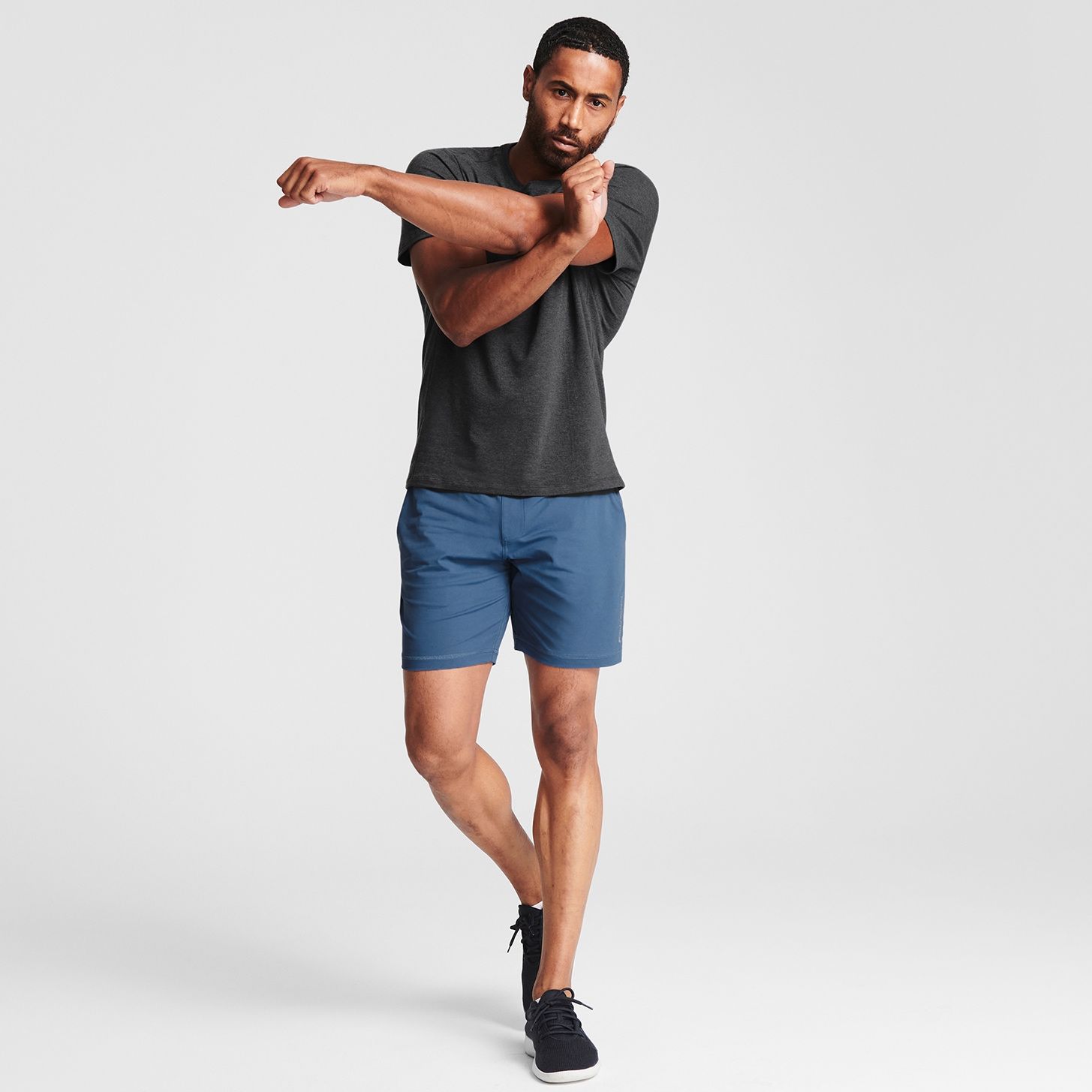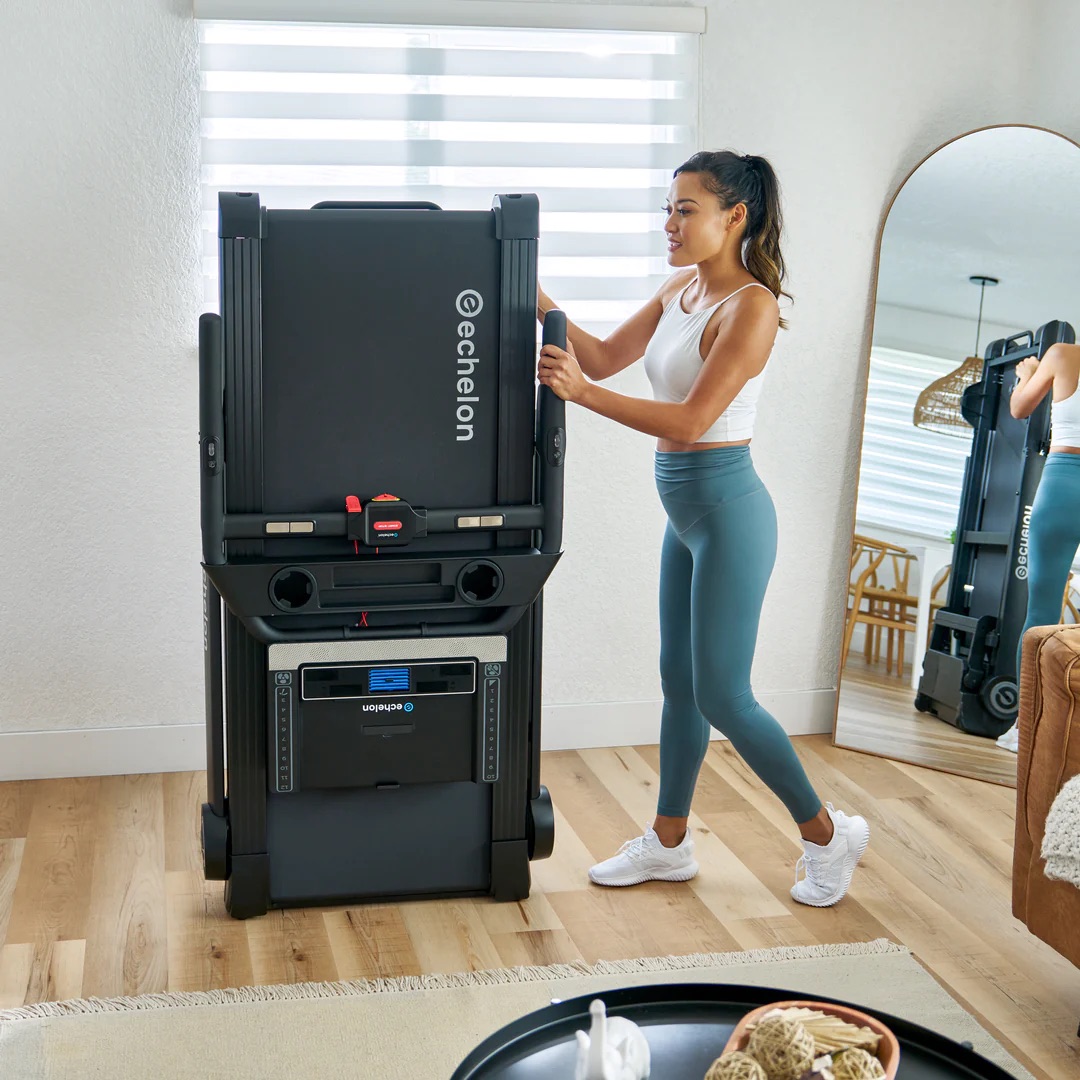
How To Buy Used Fitness and Exercise Equipment
The Good Trade editors endorse products we’ve personally researched, tested, and genuinely love. Learn more about our methodology and business model here.
Everyone has their go to ways of staying active: For some, it’s been helpful to go on neighborhood walks; for others, they thrive best with their indoor yoga mat and on-demand subscription.
For those of us who are all about convenience, we’re looking to optimize our spaces for at-home workouts. But when we see how much new gym equipment can cost, the sticker shock is enough to make us reconsider. Luckily, secondhand gym equipment is a wonderful, affordable solution.
If it’s your first time buying secondhand goods, never fear because we’re here to help. Here’s our step-by-step guide for finding, vetting, and purchasing used gym equipment. (Because secondhand is always the most sustainable!)
Take Inventory of Your Space, Budget, & Needs
When shopping for gym equipment, we recommend you start by taking inventory of your home. Where does it make the most sense to exercise in your space? Do you have a spare room you can turn into a makeshift gym? Garage space? Maybe it’s only that part of your living room where you can fit an exercise bike, but not much else. Because equipment needs vary depending on how you enjoy exercising, you’ll want to think about what you want versus what you can realistically fit into your space.
From there, you can start to think about your budget. One calculation trick: divide the estimated secondhand cost by the number of times you’ll use the equipment in a year. For example, if a treadmill costs $1,000 and you plan to use it twice a week, then you’re looking at $10 per use. Does that feel reasonable for your needs? It’s also helpful to think about the cost of an annual gym membership—while equipment may seem expensive up-front, it’s often less than the price of going to a gym.
Remember that some equipment (like Peloton bikes or Bowflex) comes with paid subscriptions. And all equipment fits into one of three categories:
-
“As is” from a local seller
-
Serviced and cleaned from a pro gym
-
Remanufactured from the brand
While “as is” equipment will be the cheapest, consider any maintenance or repair costs down the line. You don’t want to be caught off-guard when you need to pay for a replacement part!
Search Online
Now that you know what you’re looking for and the price range, start searching! You can keep it vague by searching for “exercise equipment” or “free weights,” or you can be specific and shop by brand, condition, or type of equipment like “kettlebells.”
You’ll often find local secondhand gym equipment on Facebook Marketplace, eBay, Craigslist, and Offerup. If you’re in the UK, you can also check out Gumtree, similar to Craigslist. It’s always a good idea to scope out local options first to minimize shipping costs and carbon emissions; plus, you’ll be investing in your local economy and community.
If you’re looking for “serviced and cleaned” pieces, you can call around to local gyms that may be giving away professional equipment at a steep discount (especially right now). Lastly, check out remanufactured or refurbished goods from the vendor or via a nearby fitness retailer.
As you shop, bookmark the equipment that interests you to look up specific brands within your price range. Keep in mind that there are different models, makes, or years associated with specific pieces—so broaden or narrow your search as needed.
A few notes to consider with pricing: Some sellers will prefer check or cash if they’re local, while others only accept credit card payments. Some retailers will offer interest-free payment plans, while local pickups will want one-time payment in full (Venmo is a great option). Finally, some states require tax, so it’s important to think through a final “bottom line” cost and how you’ll eventually pay.
A reputable seller—individual, retailer, or otherwise—will welcome questions about the equipment or how it’s been used. Here are suggested questions you may want to pose before purchasing:
-
Did they buy the equipment brand new or used?
-
How often did they exercise with it? And if it’s been used at all, has it been thoroughly cleaned and disinfected?
-
If it’s a few years old, how was it taken care of, and what other maintenance might it need moving forward?
-
If you can’t see/try it out in person, can they do a live video call (as opposed to only photos) so you can see it from all angles and ensure the quality?
-
Does it come with an existing warranty from the original purchase?
-
How does shipping or transporting work? Perhaps it’s collapsible and easy to throw into a car, or maybe they kept the original packaging and directions, so it’s simple to reassemble. If it’s being shipped to you, can they offer shipping insurance or tracking information?
Does anything need to be drilled or nailed to a wall, such as the Tonal or training sets?
Now that you’ve got all your questions answered, you’re ready to bring your new(ish) gym equipment home! During assembly (but before you use it), we recommend taking time to clean and inspect it.
First and foremost, sanitize, sanitize, sanitize! This is the single most important part you can do for your health and safety. Grab some cleaning spray and really get into the nooks and crannies to ensure all bacteria and germs have been removed.
Once you’ve given it a thorough cleaning and review, check out the item’s user manual for step-by-step instructions on how to use it. If the equipment didn’t come with a physical manual, it might be online! Double-check the safety features, like emergency switches, and make sure pieces are moving smoothly and don’t have any cracks or rust. If it’s passed all these preliminary tests, then you can carefully plug it in and/or do a single rep or set to check for any other tens
ion or causes for concern. If everything looks and feels good, then you’re off to a great start!
Over time, you’ll need to be consistent about cleaning for your protection and keeping the equipment in good condition. Set aside time after each workout to give it a quick cleaning, and try to give it a more thorough wipe down at least once every other week. But with the right care and consistency, your secondhand gym equipment can last for years to come!




